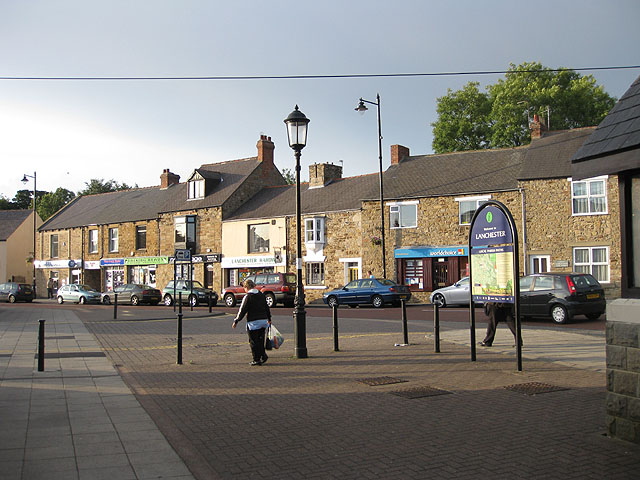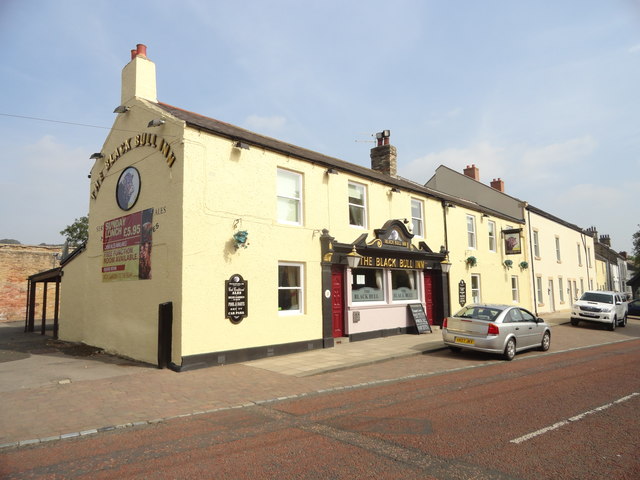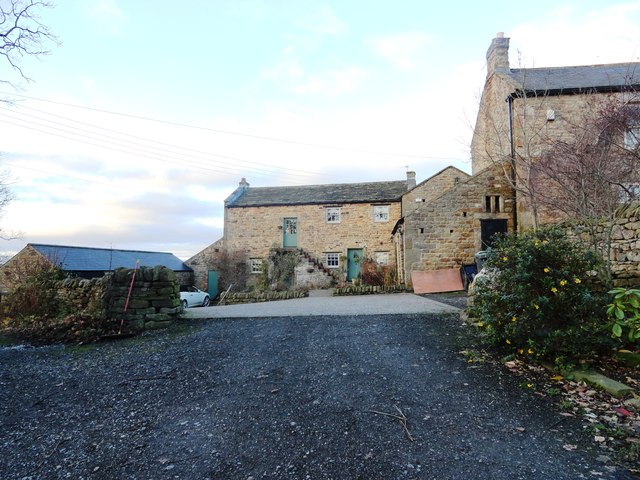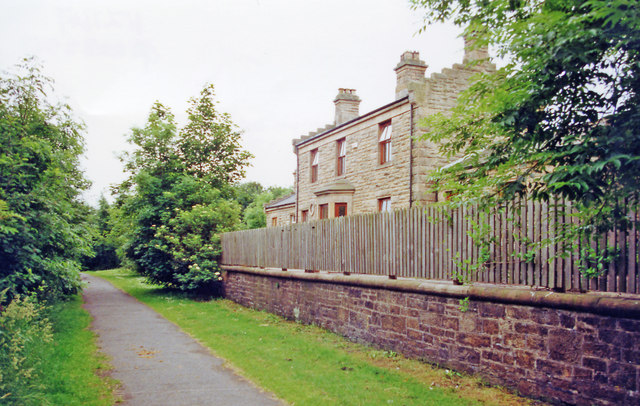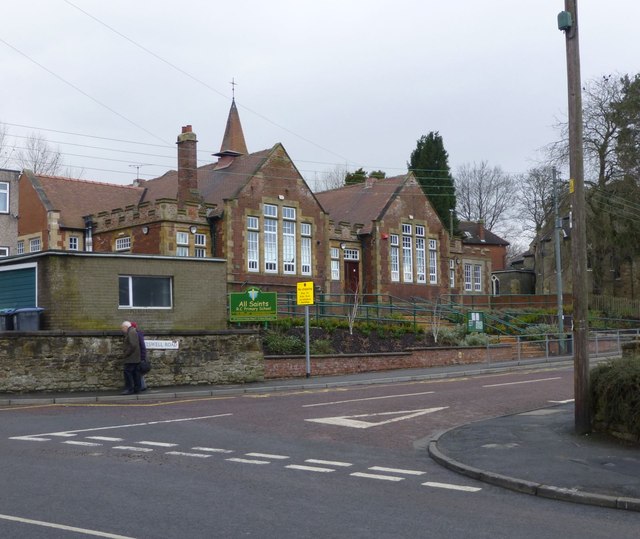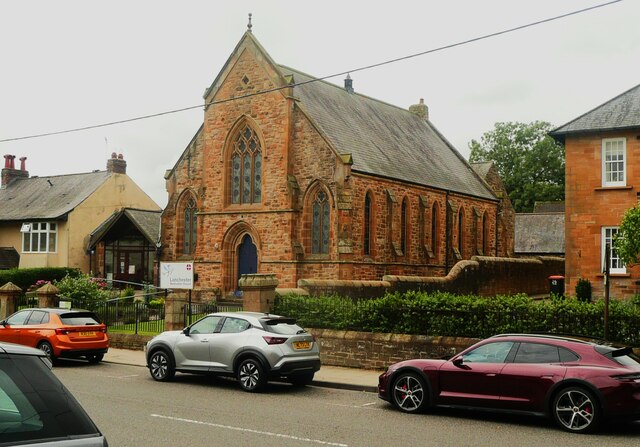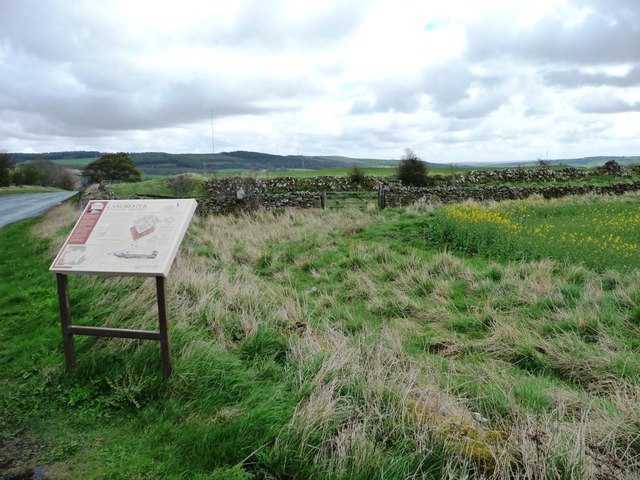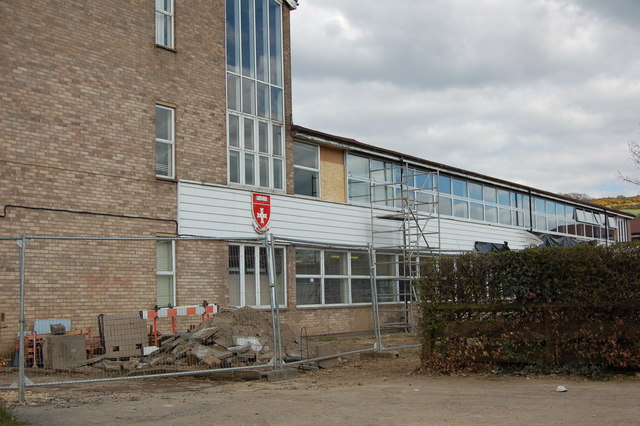Topics > County Durham > Lanchester
Lanchester
Lanchester is a village in County Durham by the River Browney. During the Roman period Lanchester was the site of Longovicium (Roman fort) which was established in the mid 2nd century AD. The fort lay on Dere Street, the major Roman road from York to Hadrian’s Wall. Lanchester's All Saints' Parish Church dates from the 12th century and incorporates columns from the Roman fort. During Medieval times Lanchester became a religious and educational centre.
Lanchester is a village and civil parish in County Durham, England, and was in the former district of Derwentside (1975–2009). It is to the west of the city of Durham and from the former steel town of Consett, and has a population of slightly more than 4,000, measured at the 2011 Census as 4,054.
Although there was a small drift mine on the edge of the village which closed in the 1970s, Lanchester's economy was mainly based on agriculture. It is now a residential village in which a number of housing estates have been developed since the late 1960s. The village centre now has three pubs and a small shopping centre. Thanks to the Lanchester Partnership, a cycle track was opened on 25 April 2009.
History
The earliest occupation on the site is the Roman auxiliary fort located just southwest of Lanchester (. Longovicium lay on the Roman road leading north from Eboracum (York), known as Dere Street. It is situated between the forts of Vindomora (Ebchester) and Vinovia (Binchester). The fort dates to AD 140, covers almost , and housed around 1,000-foot soldiers and cavalry. The fort foundations are well preserved, but there has only been minor excavation work carried out in 1937.
Stone from the fort was used in the construction of All Saints' Church, which has a Roman altar (one of many found in or near the fort) which was found near the fort in 1893 in its porch.
Andrew Breeze has argued that the Battle of Brunanburh took place at the Roman fort of Longovicium. He interprets Brunanburh as meaning 'stronghold of the Browney.'
Governance
An electoral ward in the same name exists. The population of this ward taken at the 2011 Census was 7,446.
Education
The schools at Lanchester include St Bede's Catholic School and Sixth Form College and Derwentside College's Sixth Form Centre. There are also two primary schools: Lanchester All Saints' RC Primary School and Lanchester Endowed Parochial (E.P) This latter has since moved about to new premises and the old school is now the village hall. The school has a nursery, an infants department and a juniors department.
Religious sites
All Saints Parish church
The main Parish church is now known as All Saints but was once called St. Mary the Virgin. The original building dates from the mid 12th Century but was extended in 1284 by Antony Bek, the bishop of Durham. The tower dates from c.1430. Features of interest include the Norman chancel arch, the monolithic columns of the nave (presumably from the Lanchester Roman station) and a Roman altar in the porch.
College of Lanchester
The parish of Lanchester was originally very large, covering sixty-eight miles². To profit from this Anthony Bek created a Deanery and College of Canons at the church in 1284 and extended it to accommodate the increased numbers of clergy. The college consisted of a Dean and seven Prebendarys who each held a share in the church's revenues. Bek created a set of statutes and ordinances for the College which were confirmed by Edward I in 1293. The church supplemented its income by monopolising the sale of religious items such as holy water to the surrounding villages.
By the 15th century, the college was falling out of use and the church fell into a poor state of repair with "gaping ruins" in the church, Deanery and the canons' houses. By the time Henry VIII dissolved the monasteries the College and Deanery were abolished and the church returned to perpetual curacy.
Other churches
The other churches within Lanchester are the All Saints' Catholic church and the Methodist Church which is centred in the heart of the village.
Notable residents
Visit the page: Lanchester, County Durham for references and further details. You can contribute to this article on Wikipedia.
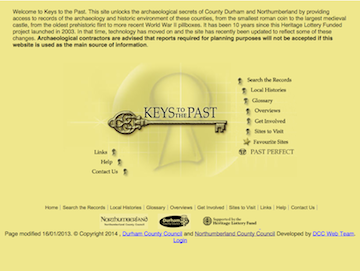
from http://www.keystothepast.info…
Local History: Lanchester
- "The village of Lanchester lies in the valley of the River Browney approximately eight miles west of Durham. This ancient parish was formerly very extensive, comprising no less than fifteen …
Added by
Simon Cotterill

Co-Curate Page
Lanchester Parish, 1848
- LANCHESTER (All Saints), a parish, and the head of a union, chiefly in the W. division of Chester ward, N. division, but partly in the N.W. division, of Darlington ward, …
Co-Curate Page
Historic Buildings and Monuments in Lanchester Civil Parish
- Listed buildings and scheduled monuments in Lanchester Civil Parish, County Durham, from the National Heritage List for England[1]. Use the Search (below) if looking for a specific building / monument. …


from http://www.keystothepast.info…
Local History: Lanchester
- "The village of Lanchester lies in the valley of the River Browney approximately eight miles west of Durham. This ancient parish was formerly very extensive, comprising no less than fifteen …
Added by
Simon Cotterill

Co-Curate Page
Lanchester Parish, 1848
- LANCHESTER (All Saints), a parish, and the head of a union, chiefly in the W. division of Chester ward, N. division, but partly in the N.W. division, of Darlington ward, …
Co-Curate Page
Historic Buildings and Monuments in Lanchester Civil Parish
- Listed buildings and scheduled monuments in Lanchester Civil Parish, County Durham, from the National Heritage List for England[1]. Use the Search (below) if looking for a specific building / monument. …
Keys to the Past HER: D6851
Wikipedia: Lanchester, County …
Grid ref: NZ1647
Grid sq: NZ1747
